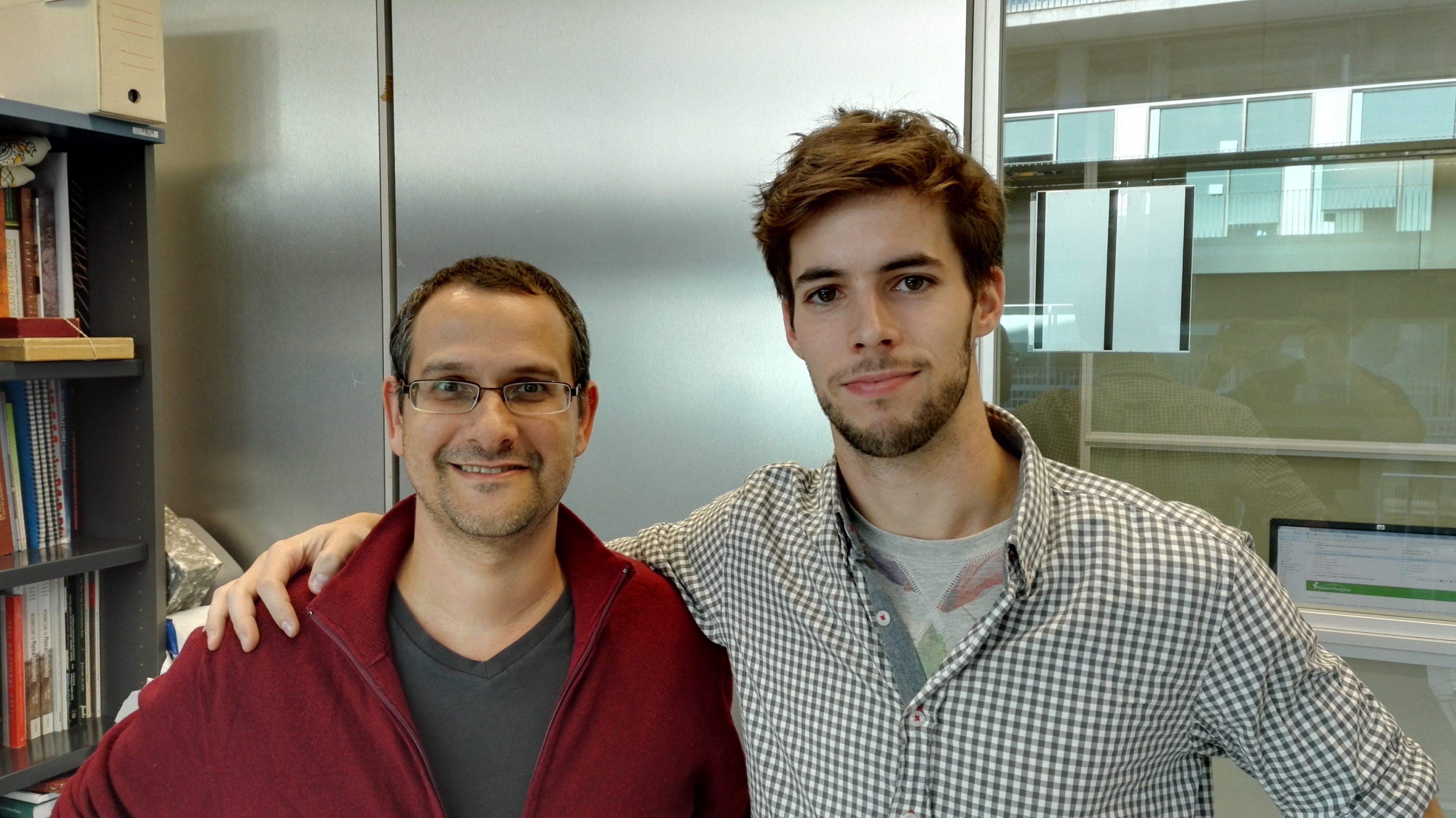Repetitive regions of the genome to date unknown contribute to understanding what makes us human
The DNA strand is made up of subunits called nucleotides, which can be represented with the letters A (adenine), T (thymine), C (cytosine), and G (guanine). These nucleotides can form genes that will give rise to proteins or other molecules necessary for the organism. In some regions of the DNA, the nucleotides tidy themselves following a repetitive pattern: AGT AGT AGT AGT AGT, for example. These repetitions are known as tandem repeats and form DNA fragments of variable length and with a very high mutation rate not giving give rise to any protein or molecule: they are non-coding regions. Despite being non-coding, the differences in the number of some repetitions have been seen to be the cause of several human diseases (such as Huntington’s disease).

Due to technical limitations in the past, studies on the functional impact of tandem repeats and their impact on the evolution of the species have been scarce. Currently, advances in sequencing methods have allowed the analysis of thousands of tandem repeats from several individuals. The November issue of the journal Genome Research publishes the results obtained in an investigation studying the degree of variation of the repetitions between TRs present in humans and those of other species of apes: chimpanzees, bonobos, gorillas and orangutans. Tomàs Marquès-Bonet, principal investigator at the Institute of Evolutionary Biology (IBE), a joint centre of Pompeu Fabra University (UPF) and the Spanish National Research Council (CSIC), and Andreas Wagner, a researcher at the Institute of Evolutionary Biology and Environmental Studies at the University of Zurich (UZH), co-led this research.
Discovering why species are different
 The genetic material is the same for all the cells of our body but, thanks to the regulation of gene expression, the cells of one organ differ from those of another. Similarly, previous studies demonstrate that changes in gene expression play a crucial role in the fundamental differences between species. This study reveals the influence of the genomic repetitions in modulating the expression of genes involved in the differentiation between humans and other apes.
The genetic material is the same for all the cells of our body but, thanks to the regulation of gene expression, the cells of one organ differ from those of another. Similarly, previous studies demonstrate that changes in gene expression play a crucial role in the fundamental differences between species. This study reveals the influence of the genomic repetitions in modulating the expression of genes involved in the differentiation between humans and other apes.
The reference article is cover of the journal in which it is published, Genome Research. This journal aims to inform of new knowledge as to the biology of genomes of all organisms. Its impact factor is 14.63 and, without counting review journals, is second in the category of “Genetics and Genomics,” behind Nature Genetics.
Reference work: Tugce Bilgin Sonay, Tiago Carvalho, Mark Robinson, Maja Greminger, Michael Krutzen, David Comas, Gareth Highnam, David A Mittelman, Andrew James Sharp, Tomas Marques-Bonet and Andreas Wagner. Tandem repeat variation in human and great ape populations and its impact on gene expression divergence. Doi: 10.1101/gr.190868.115. November 2015, Genome Research.
